04 February 2025
Remembering R. Scott Hawley, Ph.D.
A Legacy of Scientific Excellence and Mentorship
Read Article
The Latest
04 February 2025
A Legacy of Scientific Excellence and Mentorship
Read Article
News
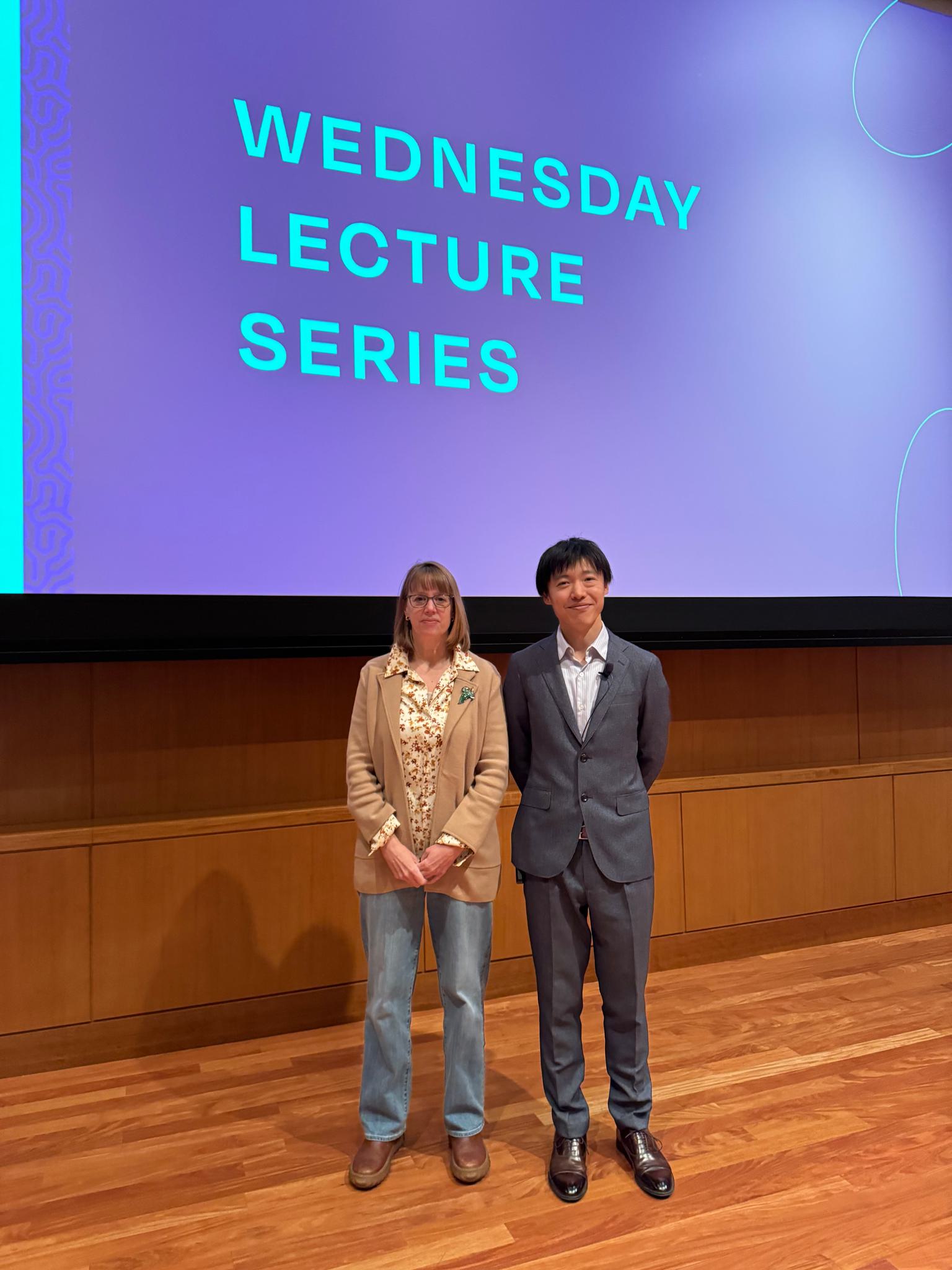
28 January 2025
The Gerton Lab welcomed Dr. Takashi Akera from NHLBI/NIH.
Read Article
News
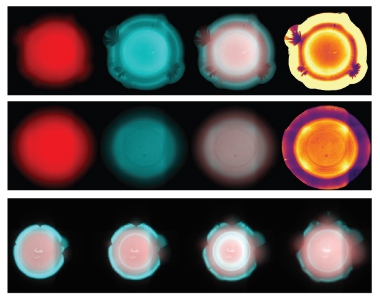
24 January 2025
Findings have potential to harness newly discovered vulnerabilities in bacteria for targeted cholera treatments
Read Article
News

17 January 2025
Learn more about Careno’s experience investigating circadian rhythms in the Bazzini Lab
Read Article
News

17 January 2025
Learn more about Careno’s experience investigating circadian rhythms in the Bazzini Lab
Read Article
News
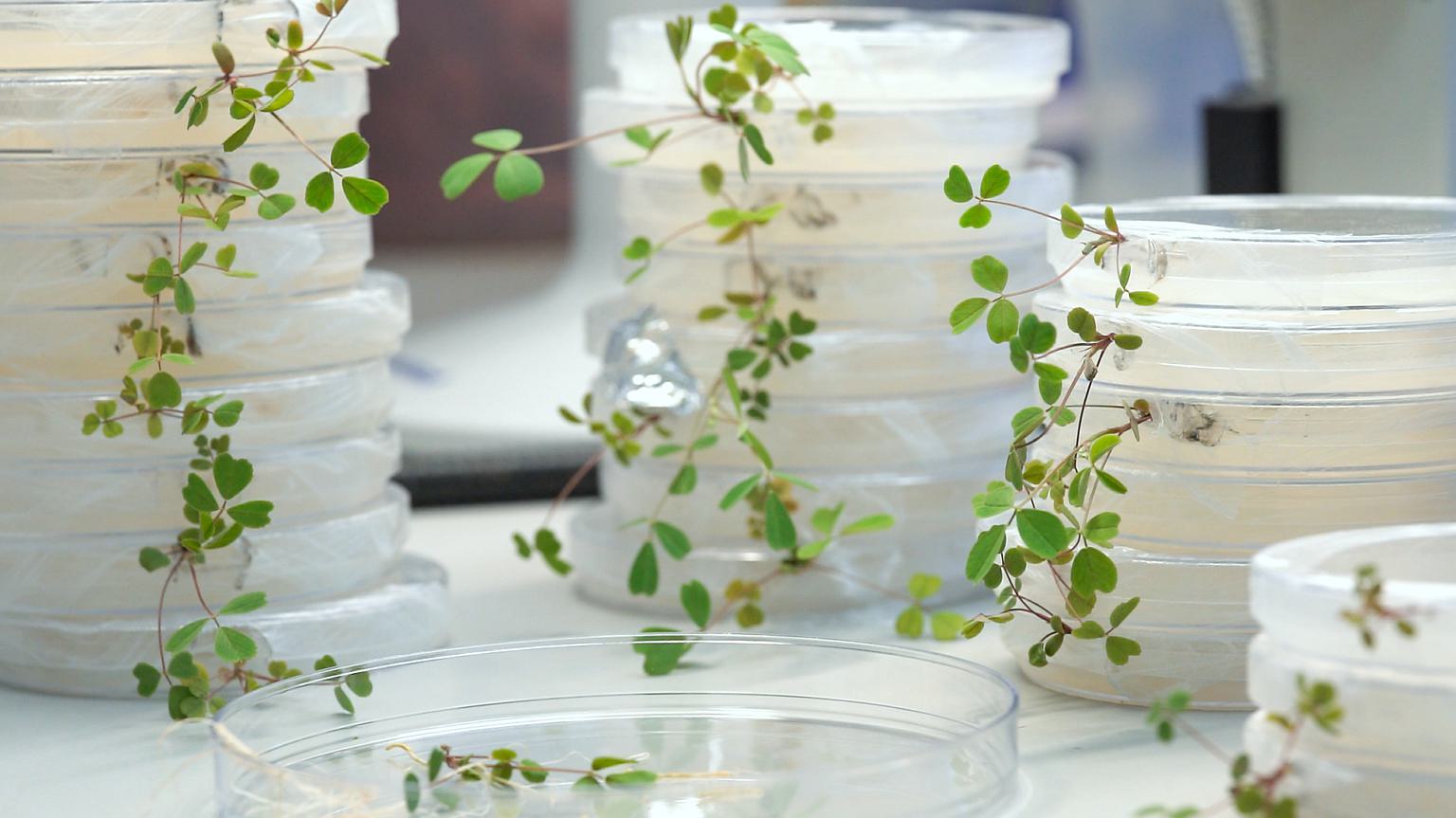
14 January 2025
Molecules produced by certain legume plants that turn soil bacteria into organic nitrogen converting machines have potential agricultural and human health applications.
Read Article
News

14 January 2025
Molecules produced by certain legume plants that turn soil bacteria into organic nitrogen converting machines have potential agricultural and human health applications.
Read Article
News

14 January 2025
Molecules produced by certain legume plants that turn soil bacteria into organic nitrogen converting machines have potential agricultural and human health applications.
Read Article
In The News
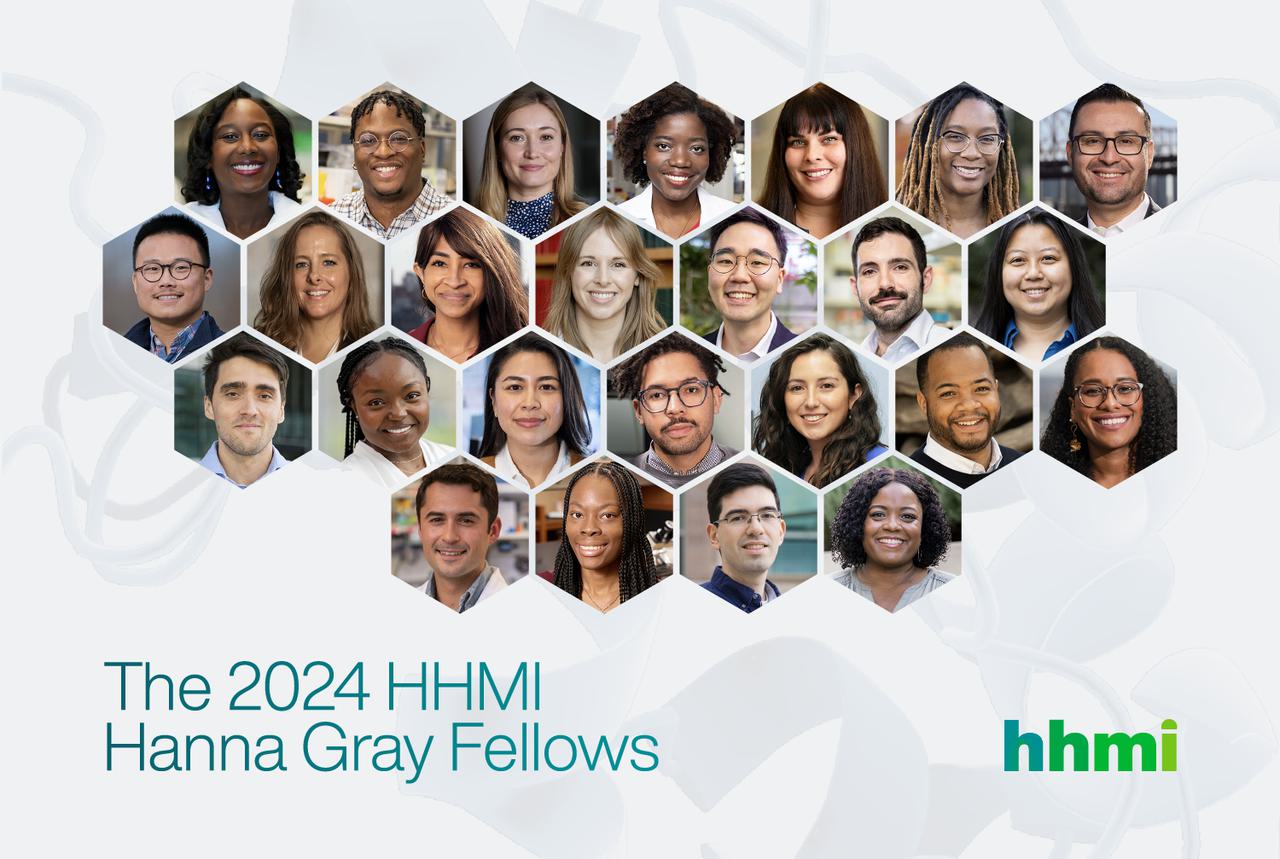
14 January 2025
From Forbes, Stowers Institute Postdoc Riley Galton, Ph.D., named Hanna H. Gray Fellow
Read Article
Press Release
08 January 2025
Riley Galton, Ph.D., studies a phenomenon that allows many vertebrates – from sharks to mammals – to “pause” their development in response to environmental changes, sometimes for months or even years
Read Article
News
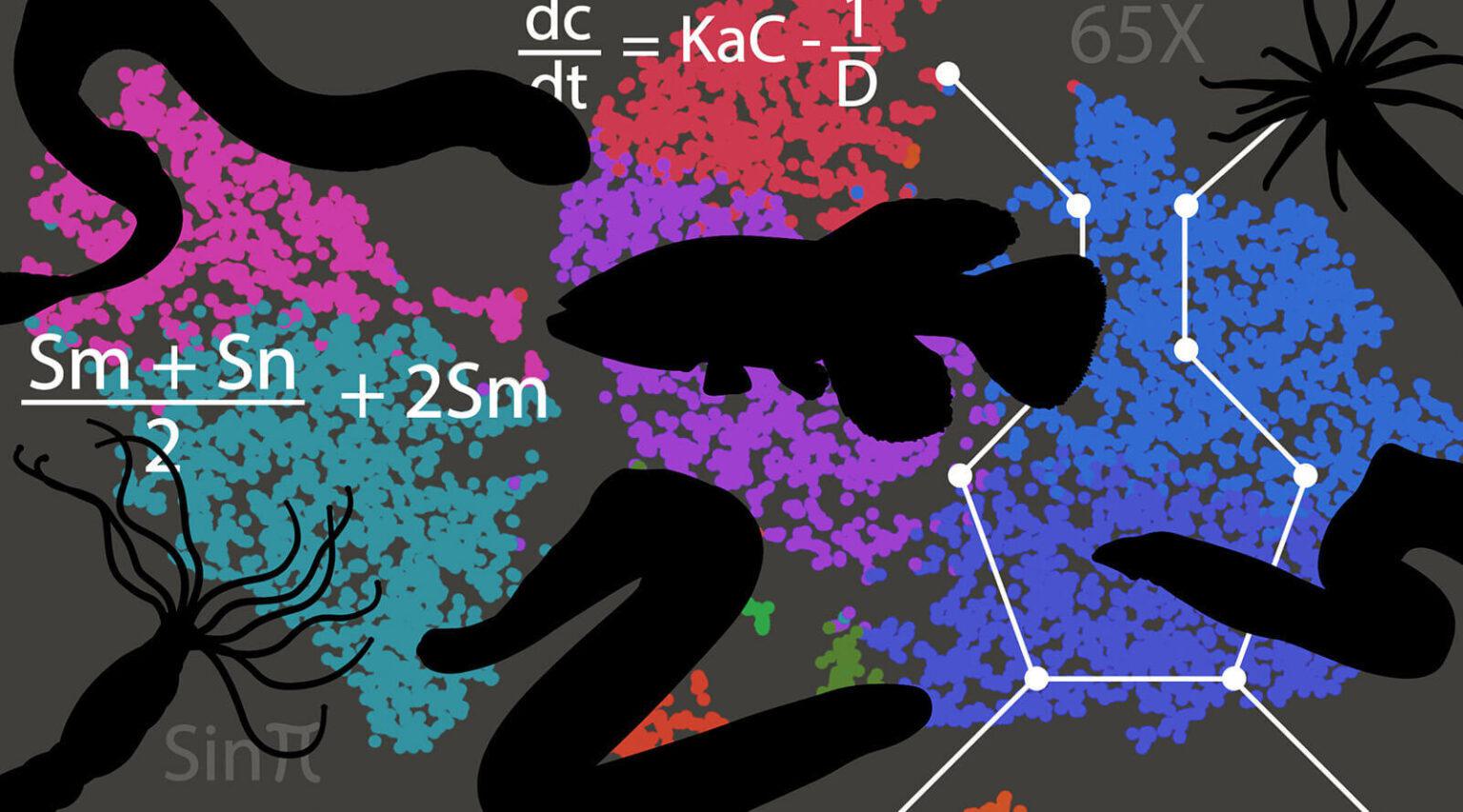
07 January 2025
A Q&A with Jay Unruh, Ph.D., Director of Scientific Data, Sean McKinney, Ph.D., Head of Computational Imaging, and Chris Seidel, Ph.D., Genomics Scientist
Read Article

31 December 2024
Learn more about our accomplishments and key moments from the past year.
Read Article

30 December 2024
Join us as we highlight 2024 at the Stowers Institute: New scientists, new scientific discoveries, and more.
Read Article

30 December 2024
Join us as we highlight 2024 at the Stowers Institute: New scientists, new scientific discoveries, and more.
Read Article

30 December 2024
Join us as we highlight 2024 at the Stowers Institute: New scientists, new scientific discoveries, and more.
Read Article

30 December 2024
Join us as we highlight 2024 at the Stowers Institute: New scientists, new scientific discoveries, and more.
Read Article

30 December 2024
Join us as we highlight 2024 at the Stowers Institute: New scientists, new scientific discoveries, and more.
Read Article

20 December 2024
From ASBMB, with artificial intelligence (AI) poised to greatly accelerate the pace for novel discoveries in foundational biological research, the Stowers Institute launched the Office of Scientific Leadership AI Initiative, a new program designed to advance capabilities in machine learning and AI for addressing critical biological questions
Read Article

20 December 2024
From ASBMB, with artificial intelligence (AI) poised to greatly accelerate the pace for novel discoveries in foundational biological research, the Stowers Institute launched the Office of Scientific Leadership AI Initiative, a new program designed to advance capabilities in machine learning and AI for addressing critical biological questions
Read Article
News

17 December 2024
"I hope to continue collaborating with curious and passionate scientists, sharing in their enthusiasm."
Read Article
News

17 December 2024
"I hope to continue collaborating with curious and passionate scientists, sharing in their enthusiasm."
Read Article
News

12 December 2024
An interview with Stowers Graduate School President Emeritus Betty Drees
Read Article
News
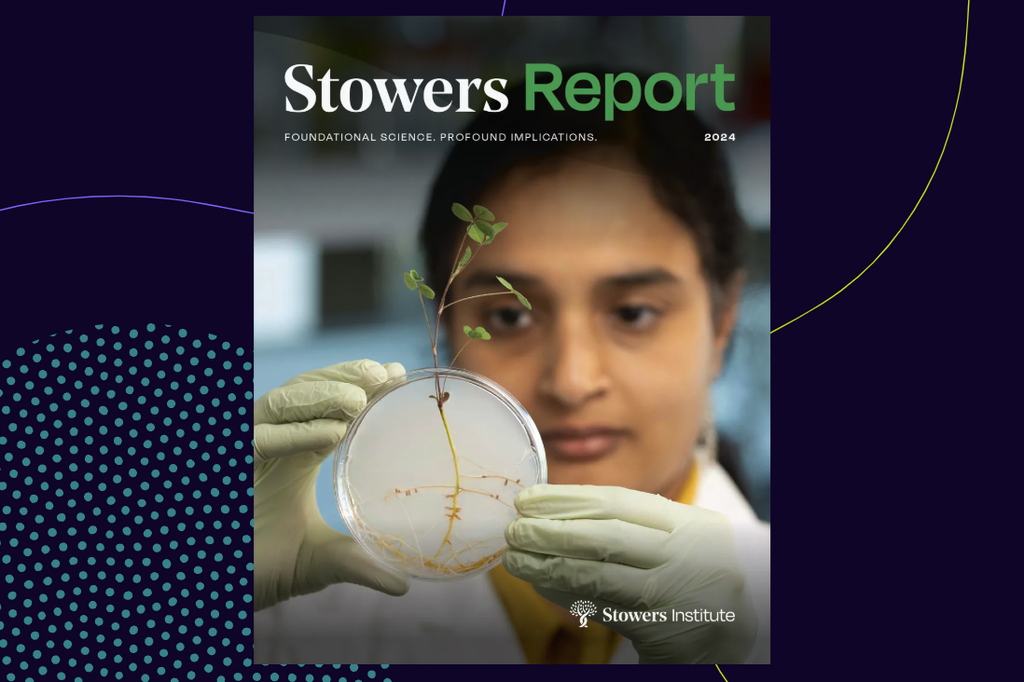
11 December 2024
The 2024 Stowers Report celebrates some of the incredible contributions our scientists, students, and staff have achieved this past year, including collaborations, science, and innovations that contribute to our better understanding of the secrets underlying fundamental biological processes.
Read Article
News
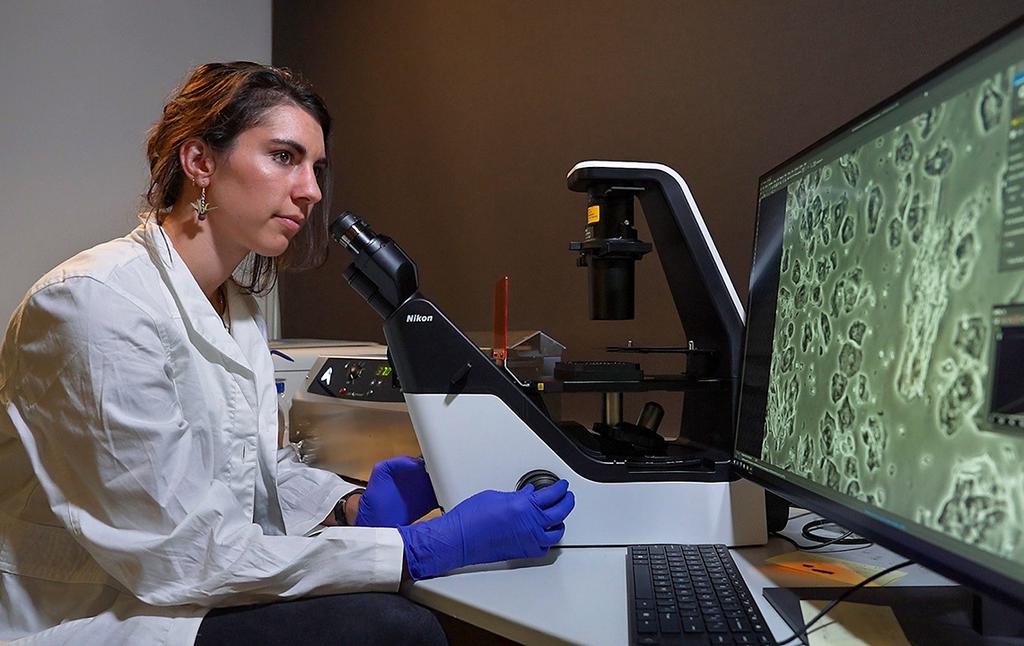
11 December 2024
The fellowship is designed to help predoctoral researchers develop into independent scientists
Read Article
Page 9 of 47
